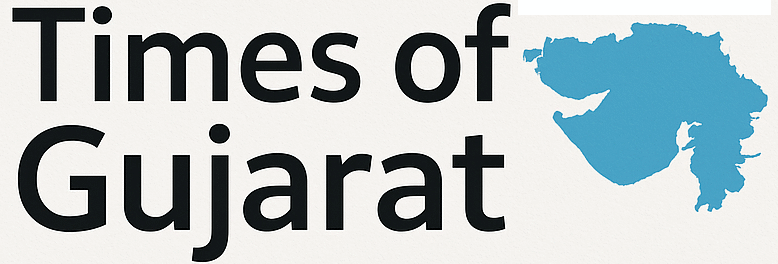By – Dr. Dhiresh Kulshrestha, Professor & Dean- Faculty of Economics, Chitkara University, Punjab
From Pratapgarh to Guntur, India’s tobacco farmers are not resisting change — they are ready for it. As global markets shift rapidly toward traceable, ESG-compliant, and next-generation tobacco products, India has an opportunity it cannot afford to ignore: to modernise its tobacco sector, support rural livelihoods, and reinforce its public health and trade credibility under the WHO Framework Convention on Tobacco Control (FCTC).
India is the world’s second-largest tobacco producer, sustaining millions of livelihoods across Andhra Pradesh, Gujarat, Uttar Pradesh, and other states. While the sector may be politically sensitive, it remains economically significant — and cannot be left out of reform conversations. A modern, transparent approach can help India align export growth with public health safeguards.
This is not an argument for tobacco. It is an argument against policy neglect. The sector already exists at scale. The question is how to manage it — not whether to acknowledge it.
Across India, the tobacco economy is highly diverse. In Pratapgarh, tens of thousands of farmers grow bidi tobacco under informal, cash-based systems. These supply chains lack traceability, quality assurance, and access to markets. Gujarat’s processors, especially around Anand and Vadodara, are striving to meet international standards for reconstituted and smokeless products — but are navigating certification and compliance alone. In Andhra Pradesh, FCV tobacco farmers face a deeper crisis. This year’s production overshot authorised limits by nearly 80 million kg, triggering price crashes and protests. Two years ago, India had gained from supply shortfalls in Brazil. That buffer is now gone.
While Indian growers and processors have shown initiative, policy support has not kept pace. In 2023–24, India exported over ₹12,000 crore worth of tobacco products — but more than 70 per cent of it was raw or semi-processed leaf, fetching only ₹256–342 per kg. Countries like Switzerland and Italy import this leaf and re-export high-value, non-combustion products for five to ten times the price.
In April 2025, the Calcutta High Court set aside the Patent Office’s refusal of ITC’s nicotine aerosol device patent, clarifying that the rejection lacked scientific basis. The ruling cleared the way for Indian innovation in heated tobacco products — a category already legal and regulated in over 80 countries, including Japan, Italy, the UK, and South Korea. These non-combustion formats represent the fastest-growing segment of global tobacco trade. ITC’s move signals that Indian firms are not just aware of this shift — they are ready to compete in it. But policy still hasn’t caught up
The consequences of inaction are not limited to lost exports. When global demand softens, surplus tobacco floods domestic markets. This depresses prices, increases informal sales, and makes tobacco more accessible — particularly to youth. It also undercuts India’s commitments under the FCTC, including its obligations to control supply, prevent illicit trade, and restrict consumption.
A structured, formalised system offers multiple benefits: stable prices for farmers, stronger regulatory enforcement, and better alignment with public health goals. A coordinated national effort could start with a traceability platform for FCV tobacco, and gradually include smokeless and bidi segments. Value-added non-combustion products — like pouches and reconstituted formats — should be recognised as strategic exports. Certified farming clusters could be linked directly to export-ready units. Crucially, farmers in informal regions need access to training and compliance systems.
Other tobacco-producing countries have shown what reform looks like. Brazil earned $2.5 billion in 2023 through cooperative farming and quality-linked contracts. Indonesia has positioned itself as a hub for heated tobacco manufacturing by offering regulatory clarity and attracting global investment. These countries have not promoted tobacco use — they’ve governed it better.
India has the scale, talent, and institutions to do the same. But reform must be deliberate. Ignoring the sector will not reduce harm. Modernisation is not a luxury. It is the only responsible path forward.






More Stories
Why fertility check-ups are no longer just for “trouble conceiving”
Gujarat’s Yoga & Naturopathy Sector Faces Existential Crisis — INYGMA Gujarat Chapter Demands Immediate Policy Correction
Zydus Therapeutics Reports Positive Topline Results from EPICS-III Phase 2(b)/3 Trial of Saroglitazar Magnesium in Patients with Primary Biliary Cholangitis